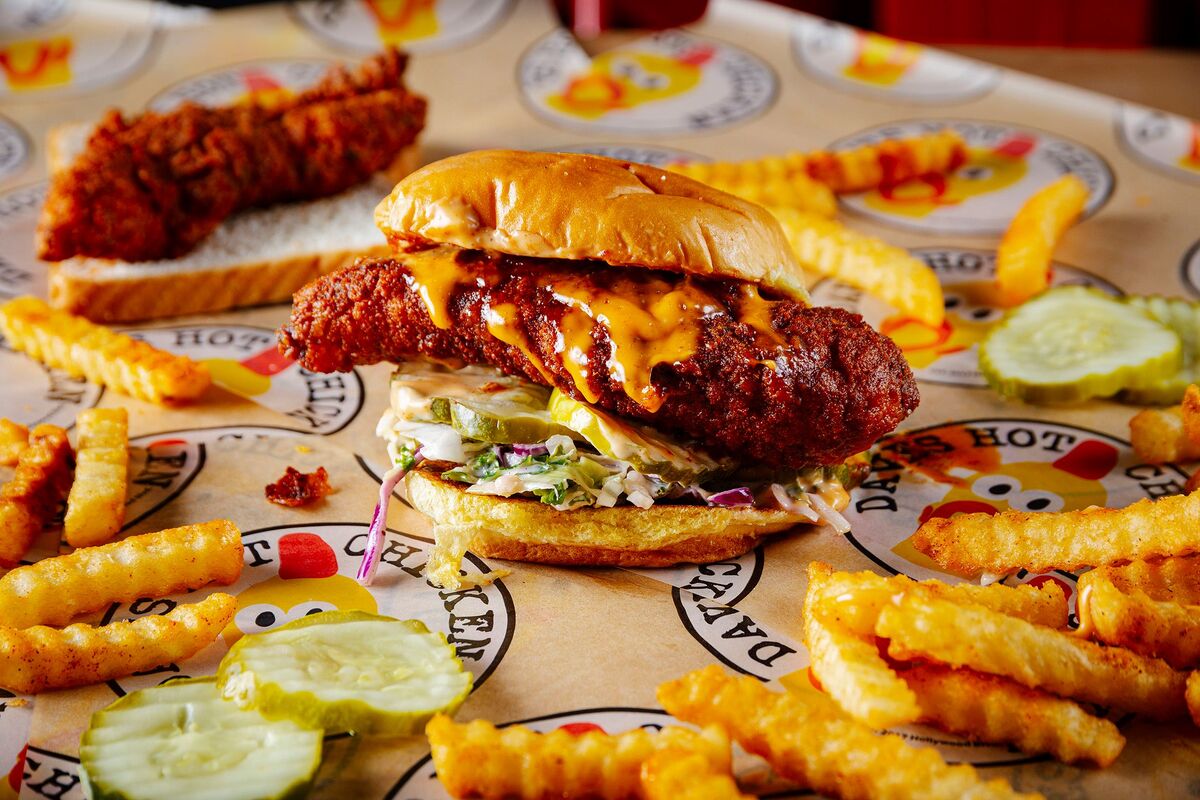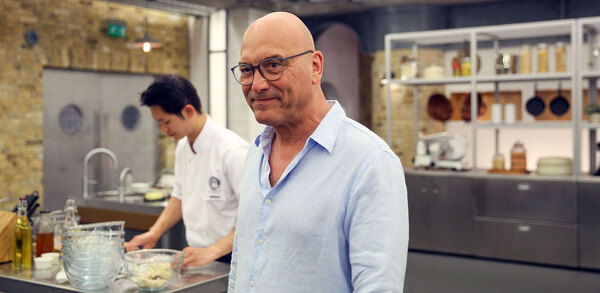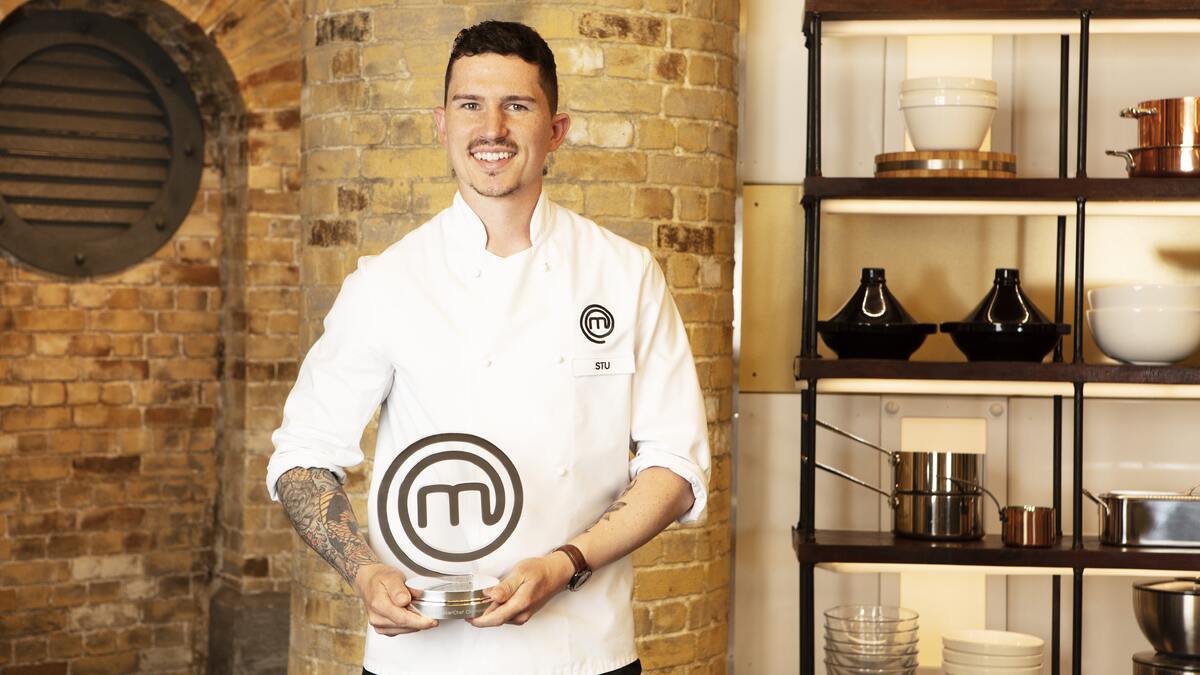Code clean: the latest cleaning products and trains
Your menu may capture the zeitgeist, your service be attentive, but if your premises are the wrong side of sparkling and spotless, you can bet that will be the focus of your customer reviews and comments. Anne Bruce reports
Hygiene standards both in and out of the home have never been more of a public preoccupation than in 2019. Cleaning has become an unlikely social media craze and cleaning hacks from influencers such as Mrs Hinch are running viral on Instagram.
In the catering sector, hygiene and cleanliness are spotlighted by the Food Standards Agency’s Food Hygiene Ratings Scheme. Scorecards, giving a food business a score out of five stars, are now widely on display at premises and via the FSA app.
Delivery platform Just Eat started publishing hygiene ratings for its 34,000-strong UK restaurant estate on its platform in July. Rivals Deliveroo and Uber Eats followed suit.
In a customer’s eyes, anything less than a four out of five stars rating is equivalent to a ‘Keep Out’ sign on the front door. So, against a backdrop of diminishing budgets, it is time to up the ante, to clean better and smarter, and to make sure that all your stars are given the chance to twinkle.
A clean house
There is one starting point to tackling anything, from dirty uniforms to dirty surfaces, unsafe practices and infestations to poor record keeping and general upkeep. Yes, you need to set the procedures; yes, you need to purchase the right products – but without employee knowhow, you’re nowhere. Staff training is vital.
John Whitehouse, chair of industry body the Catering Equipment Suppliers Association (CESA) says that a straightforward staff training course can help significantly decrease the risks of food-contaminated illnesses being passed around, protecting customers and staff and avoiding the bad press and financial loss that come with it. CESA has recently introduced the Principles of Food Service (PFS) course, which takes two to three hours and includes an overview on cleaning, hygiene and food safety, he says.
A two-pronged attack is required, recommends Catherine Watkinson, global technical hygiene specialist at Hillbrush. First, food hygiene procedures must be put in place, and then all staff need to have adequate training to ensure they are implemented effectively.
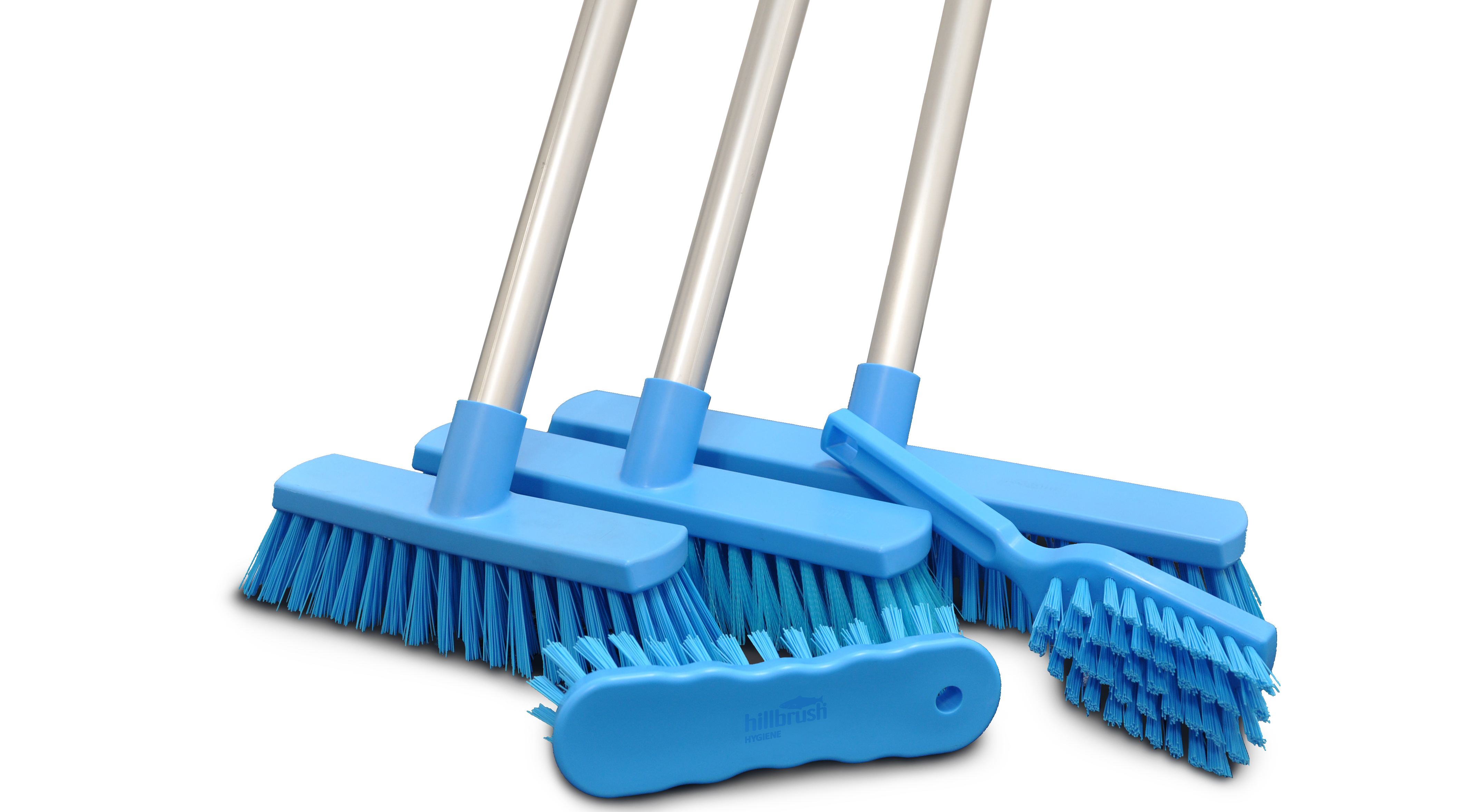
“It’s good practice to ensure any new starters have an induction to understand the basic principles of food safety relevant to their role before they start work,” she explains. “It is also ideal to record any training, so you can show enforcement officers during their visits that you have implemented a training programme.”
As a legal minimum, all food handlers must receive training relevant to their duties – generally food safety level one or two. Ideally, all supervisory and management staff should receive higher level training at either level three or four food safety, she says.
Regular team training not only drives home the importance of proper hygiene practices, but also improves your staff’s motivation as operations run more efficiently, argues Jeremy Bennett, Tork sales manager, Essity Professional Hygiene.
All in order
But employers can’t rely on staff training alone; this must be backed up by a solid set of procedures and schedules, as well as the relevant products.
Mike McHardy, divisional manager food- service and facilities of Holchem, explains: “We work with customers to ensure they have the correct procedures in place, from first thing in a morning to the end of the day. This can be through posters explaining how to use products and the techniques involved, as well as training in and explanations of the features and benefits of the product range being used.”
He also recommends more generally implementing a ‘clean as you go’ policy to ensure standards are continually high.
Chemicals supplier Winterhalter will produce cleaning rosters for customers, says Peter Alsworth, chemical sales director of the company. Having an agreed cleaning regime and a structured range of products makes it easier to ensure all areas are kept clean, especially if staff transfer between sites, since consistency is easier to maintain and less training is required.
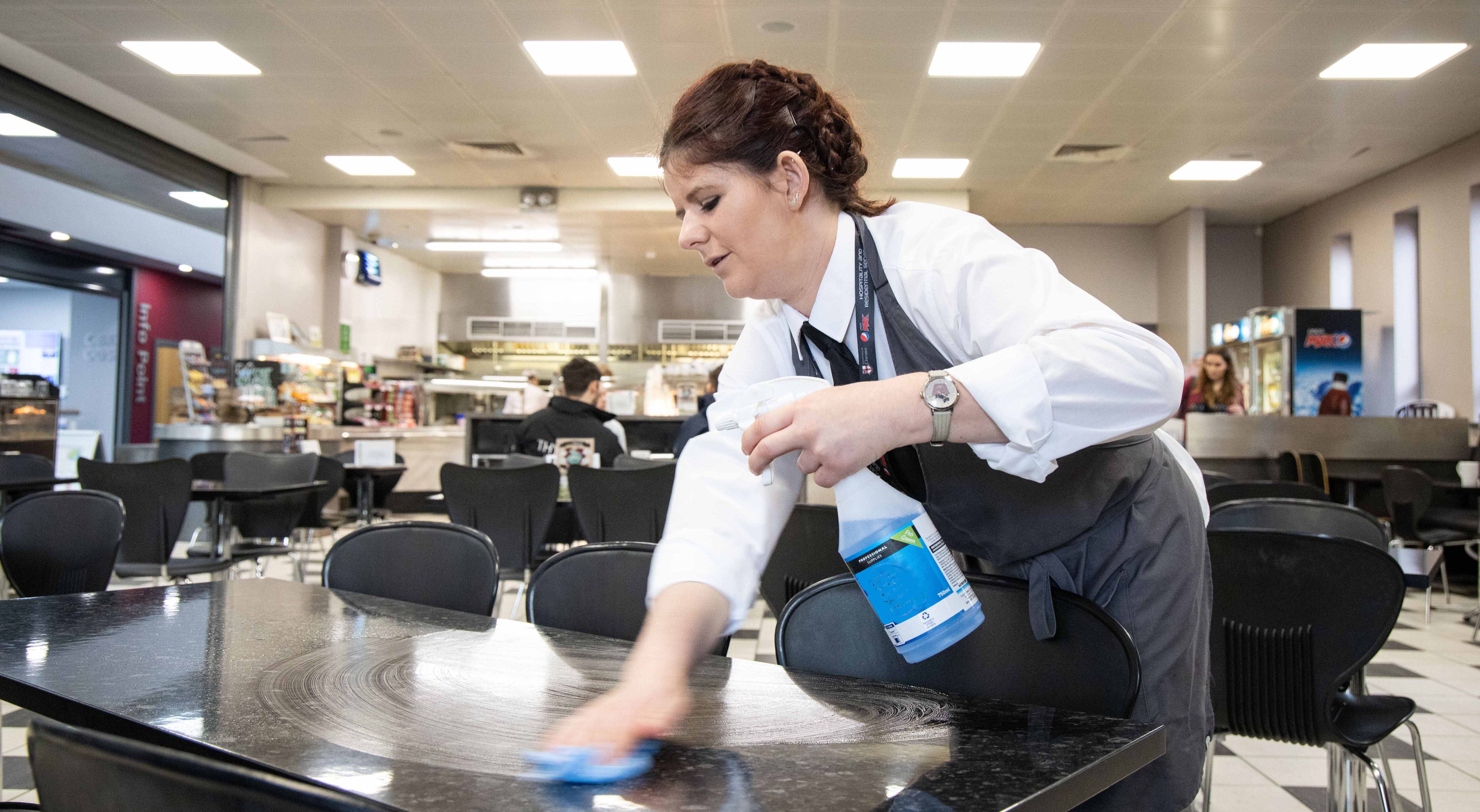
Bright spot
Staff training includes making sure that systems are as user-friendly as possible, taking into account that catering is an industry where around half of the staff do not have English as a first language.
Many suppliers are using colour coding on equipment to make it easy to navigate. Manufacturer Meiko UK, for example, has made the parts on its dishwashers that need daily cleaning bright blue, so they can be easily identified.
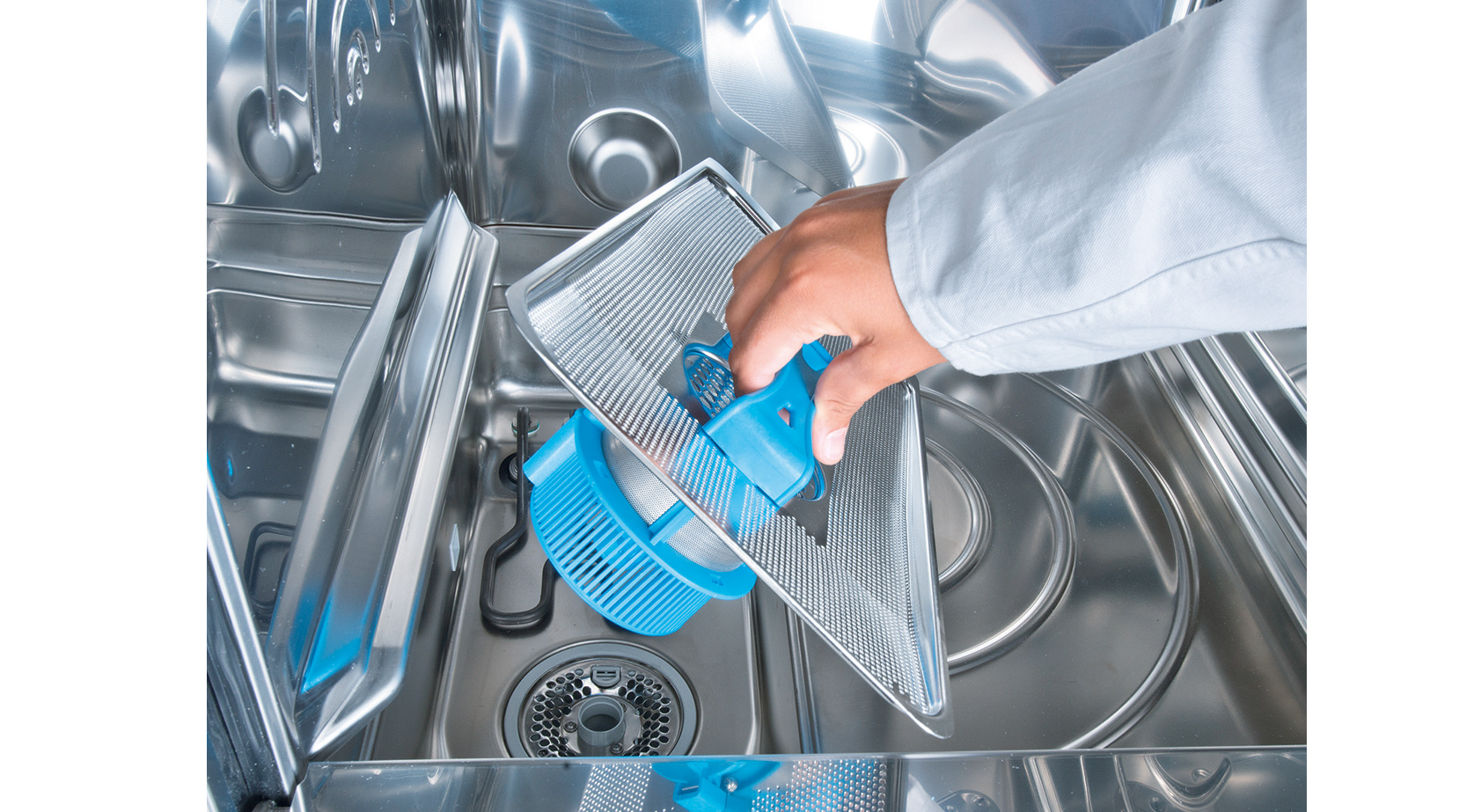
Paul Anderson, managing director, says that this also helps when, due to holidays or sickness, temporary or agency staff work the dishwash area. Colour coding makes their training and supervision much easier for managers and chefs.
“Designating bold colours to cleaning equipment in specific areas of a venue can also be used to reduce the spread of germs across different zones,” says Jill McClelland, product manager for cleaning at Jantex. For example, red equipment can be designated for use in washroom and toilet areas, while yellow might be designated for kitchen and food preparation areas. This ensures equipment is kept separate and identifiable at a glance.

Time to concentrate
In the catering environment, specialist concentrated cleaning products are often used and staff need to be made aware that the chemicals are much stronger than in the domestic setting and require careful management.
McHardy says that while concentrated products may be more expensive at the outset, they provide excellent results and lower in-use cleaning costs in the hands of properly trained staff.
In the hotel sector there is extra pressure on top of the fear of negative reviews to complete housekeeping tasks quickly, as speed is of the essence at check-in. Studies conducted by Diversey UK and Ireland suggest that a housekeeper will spend around 20 minutes on average cleaning and preparing each room.
It agrees that concentrated cleaning products are the way to go, suggesting that using them alongside a standard set of housekeeping tools can, after suitable training, reduce the time spent cleaning a room by between one and five minutes – a 5% increase in productivity.
Tinaz Ranina, product manager for building care and personal care, says switching to ultra-concentrates is a win-win. It improves cleaning performance, which reduces the need for repeat cleaning, which saves more time. Further savings are made by standardising processes. Training is the final part of the jigsaw.
A cleaner planet
The use of concentrates ties in with another trend in the world of industrial cleaning and hygiene: sustainability.
By replacing ready-to-use products with ultra-concentrate pouches, where water is added at the point of use rather than the place of manufacture, facilities can reduce the amount of plastic used and the negative environmental impact of transporting pallets of cleaners.
InnuScience UK, a manufacturer of biotechnological cleaning products, says that it offers industry-leading dilutions of 1:150 to 1:300 for most products, meaning one litre of concentrate can make 150 to 300 litres of in-use product, which also reduces the carbon footprint of the cleaning solution.
“By monitoring our customer spend on cleaning products, we can ensure that savings are being delivered and that product usage is optimal per customer site,” says Nick Winstone, co-founder and managing director.
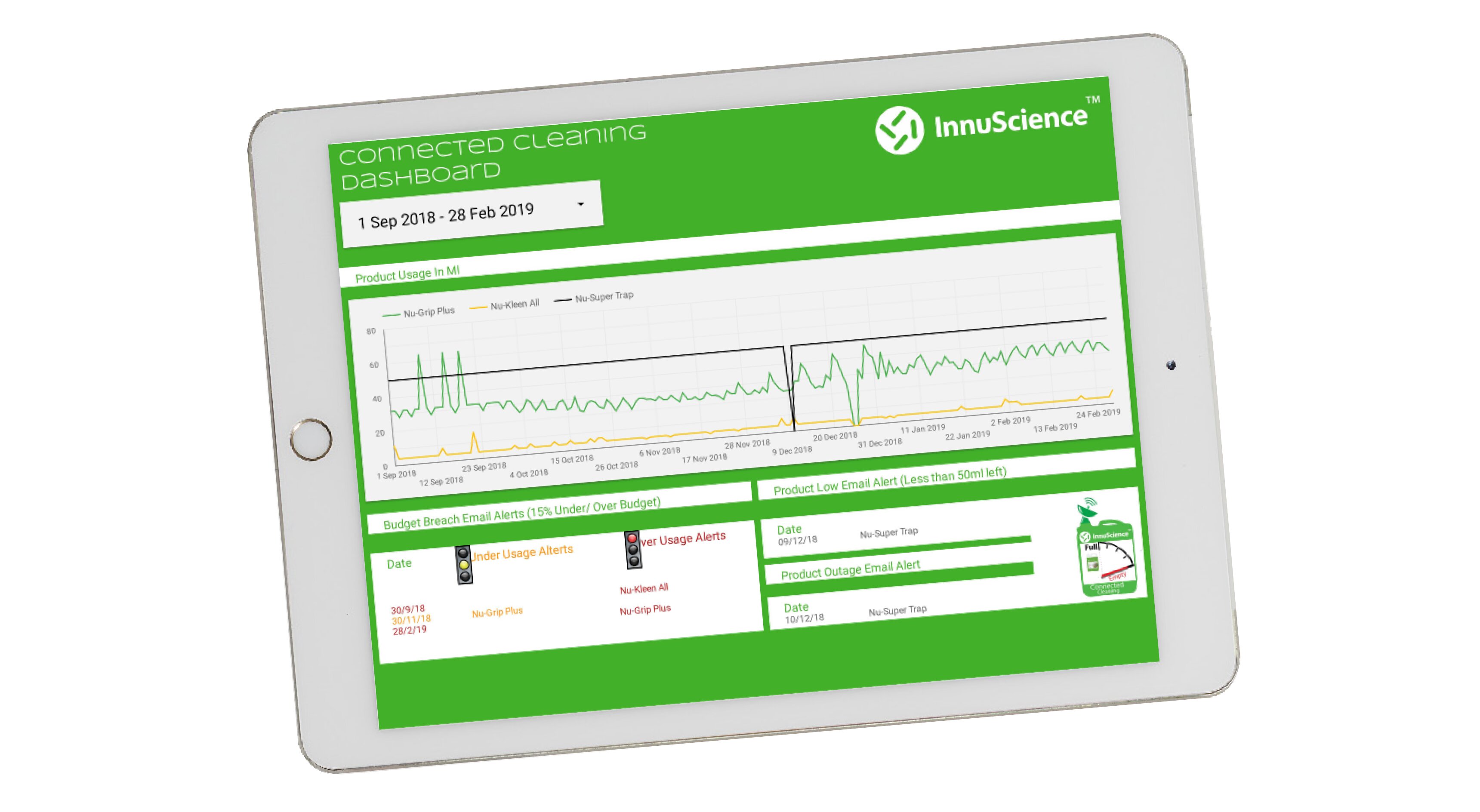
The ideal solution to cleaning is if cleaning just automatically did itself, and Synergy Grill Technology says it is on the road to that utopia. Synergy Grill’s technology atomises fat molecules into carbon dust, cancelling out the need for a fat tray and the need to dispose of fat waste. The carbon dust can then be vacuumed or brushed away the morning after service, with no need to purchase chemicals.
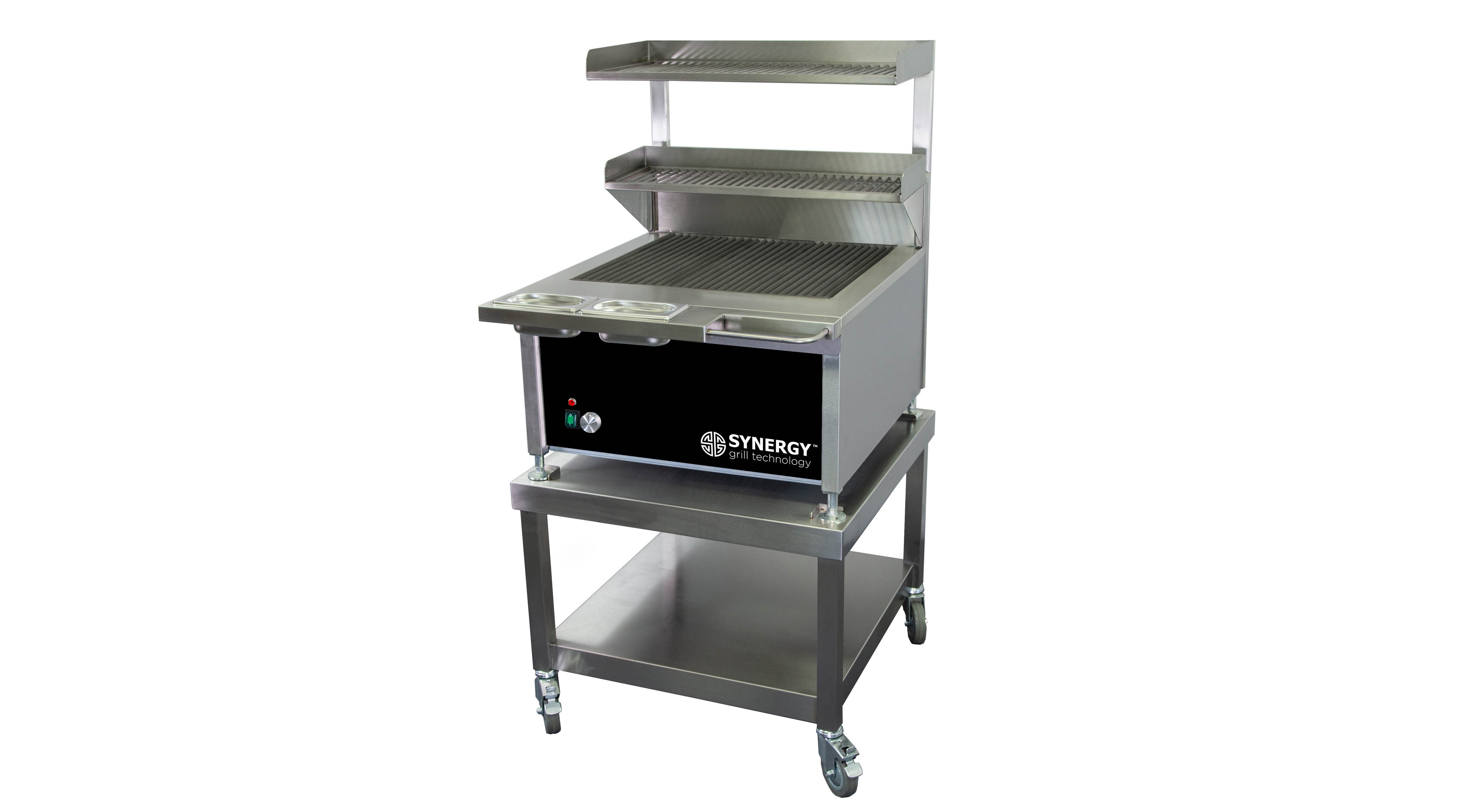
So, no cleaning and no environmental damage caused by fat and grease disposal, such as sewage blockages and fatbergs.
Grease lightning
And talking of fatbergs, one of the biggest challenges in a commercial kitchen is the degreasing of surfaces and the regular cleaning of the canopy, fan and extract ductwork.
Gary Nicholls, managing director of Swiftclean, says deposits of grease within the extract system can harbour germs and dirt and attract insects such as cockroaches. Grease deposits inside ductwork can also act as fuel, helping to spread a kitchen fire.
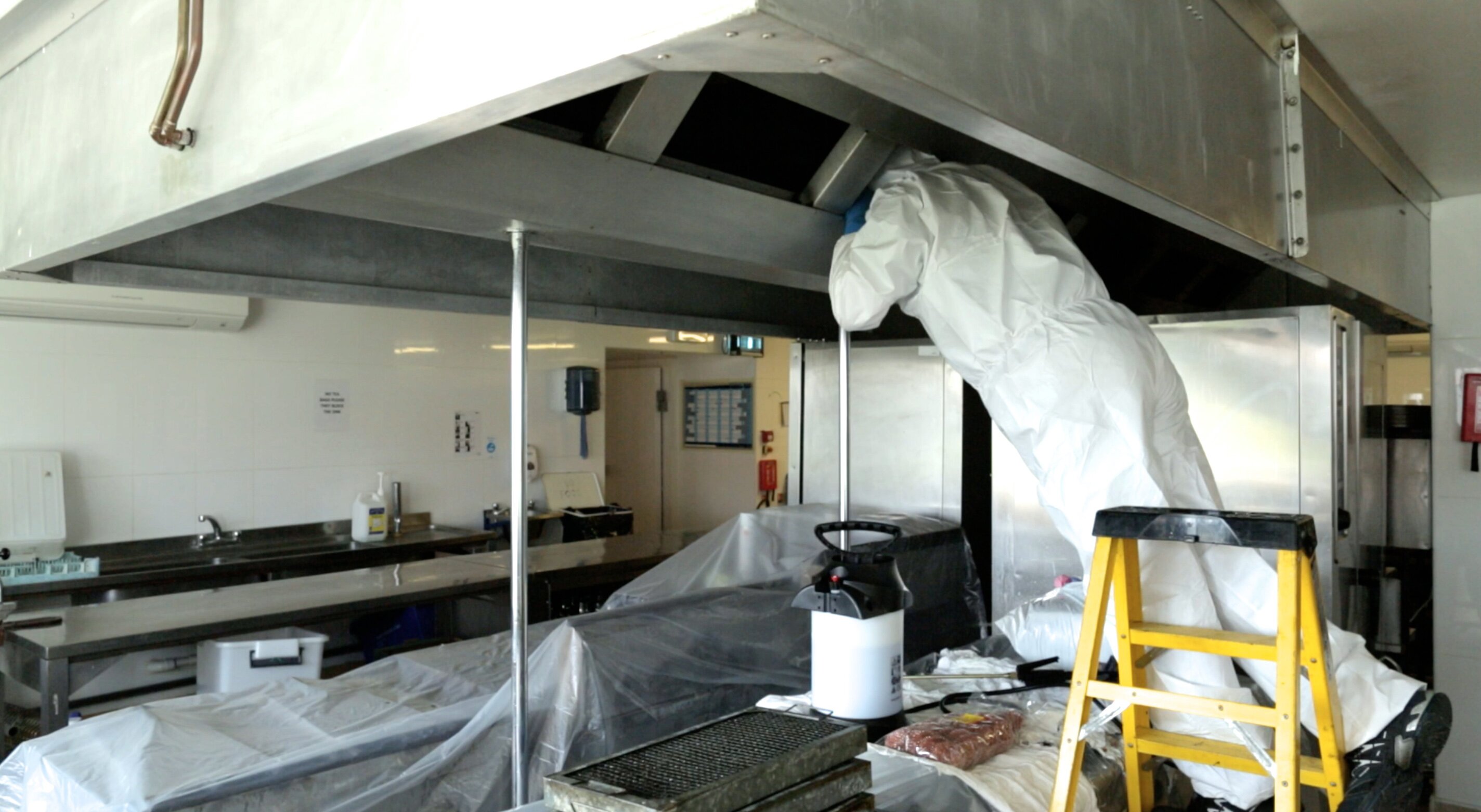
Operators of commercial kitchens are now required to comply with a new standard for the fire safety management of grease accumulation in kitchen extract systems under the Regulatory Reform (Fire Safety) Order 2005, called TR19 Grease, Nicholls says.
The layer of grease that represents a potential fire risk is nowhere near as thick as most people think – its average thickness is 200 microns, about half the thickness of a business card, he says. Easy though it is to build up such a wafer-thin layer of grease, the risk of fire spreading confirms how unacceptable dirt and grime is in the modern kitchen – not just from a social media perspective.
So as well-trained staff get scrubbing to an agreed roster, using easy-to-follow procedures and employing effective chemicals, improved hygiene is in everyone’s best interests. It can result in smoother, more efficient operations, better working conditions, less food waste, reduced staff turnover, higher morale and, of course, happy customers.
Which is all good news for wafer-thin margins, as well.
Catering Equipment Suppliers Association (CESA) www.cesa.org.uk
Diversey www.diversey.com
Hillbrush www.hillbrush.co.uk
Holchem www.holchem.co.uk
InnuScience UK www.Innuscience.com
Meiko UK Limited www.meiko-uk.co.uk
Synergy Grill Technology www.synergygrill.com
Swiftclean www.swiftclean.co.uk
Tork www.tork.co.uk
Winterhalter www.winterhalter.co.uk





